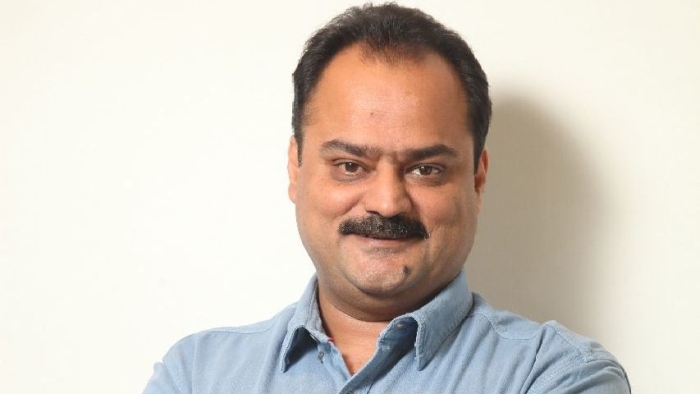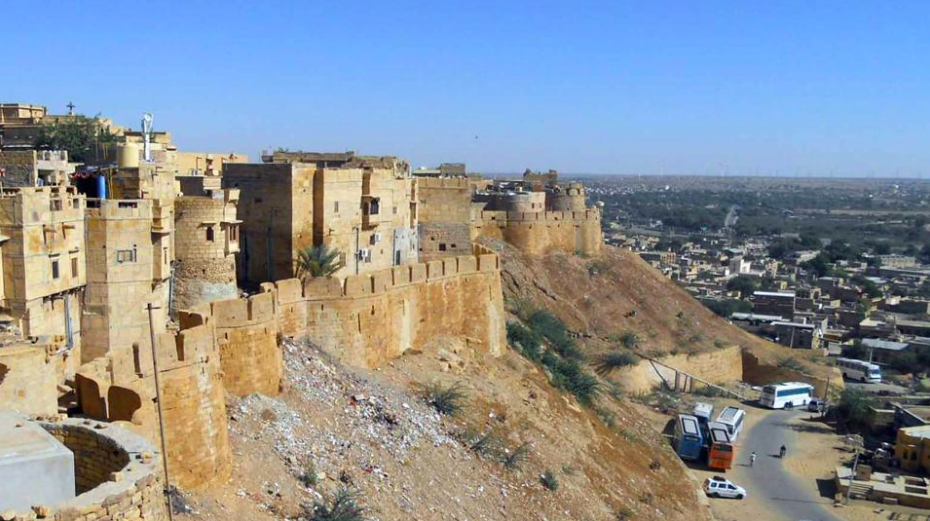Looking back: How the Indian Army became Indian
With India creating the forward-looking office of Chief of Defence Staff, it is a good time to look back at the Indianisation of the military. The Imperial Cadet Corps (ICC) was founded in 1901 by the British Raj to give officer-grade training to the princes and aristocrats of India. Though the ICC failed and wound up in 1917, it established the precedent for admission and training of Indians — in India — as officers. Had it not been for its initiation, India would have been bereft of an able and willing command structure to lead its armed forces post-Independence. [siteorigin_widget class=”SiteOrigin_Widget_Image_Widget”][/siteorigin_widget] For nearly half a century preceding the formation of ICC, there raged an Indianisation debate: Were Indians fit for the military command and leadership? Could Indian officers and British officers be integrated as peers in the same army? Would not such an accommodation destroy the very basis of the British Raj? In 1885, General Sir George Tomkyns Chesney, a military member of the Governor General’s council, considered Indianisation as a method of honouring the promise made in the 1858 Royal Proclamation to open up positions in government and administration to Indians. In 1887, the Indian National Congress passed a resolution calling for Indianisation and the establishment of a military college in the country. Military command was not conceived for all Indians, but for the so-called martial races — and the young aristocrats from princely states and British India. A Prussian-style Junker class was considered important for co-option into the Imperial military establishment. Lord George Nathaniel Curzon, an aristocrat and front-ranking British conservative, became the Viceroy and produced a proposal to setup an Imperial Cadet Corps comprising merely 20 to 30 handpicked scions of the Indian princely and feudatory houses to undergo a course of military training. General Viscount Kitchener of Khartoum assumed charge as Commander-in-Chief in 1902 and believed the Russians had plans to invade India. Therefore, the inclusion of native leadership into armed forces became a priority. In 1903, the Indian Staff Corps was renamed the “Indian Army”. The normal training course at the ICC lasted two years. A few cadets who showed promise underwent the third year of specialised military training. Upon successfully completing it, cadets were granted commissions in His Majesty’s Native Indian Land Forces (HMNILF). In November 1904, the Commission for the Imperial Cadet Corps was signed and approved by the secretary of State for India. Major DH Cameroon was made its commandant, and Maharaja Pratap Singh of Idar was made its honorary commandant. The membership in the ICC was by invitation only. The shortlisted men, of 17 to 20 years, were admitted as Imperial Cadets in Dehradun. Between 1901 and 1908, 68 cadets were admitted but merely 11 were granted HMNILF commissions during the Corps’ existence. Only in 1918 did London sanction the eligibility of Indians for regular officer commissions, and the first nine were bestowed on ICC graduates. In the early 1920s, New Delhi decided to open a preparatory Indian feeder school for the Royal Military College at Sandhurst. Christened the “Prince of Wales Royal Indian Military College”, it used the old ICC lines at Dehradun (now called the Rashtriya Indian Military College). Finally, the Royal Indian Military Academy opened in 1932, which is now the Indian Military Academy. Let us not forget the first Indians who rose to command in India even as we welcome the first Indian Chief of Defence Staff. https://epaper.hindustantimes.com/Home/ShareArticle?OrgId=bcda0487


